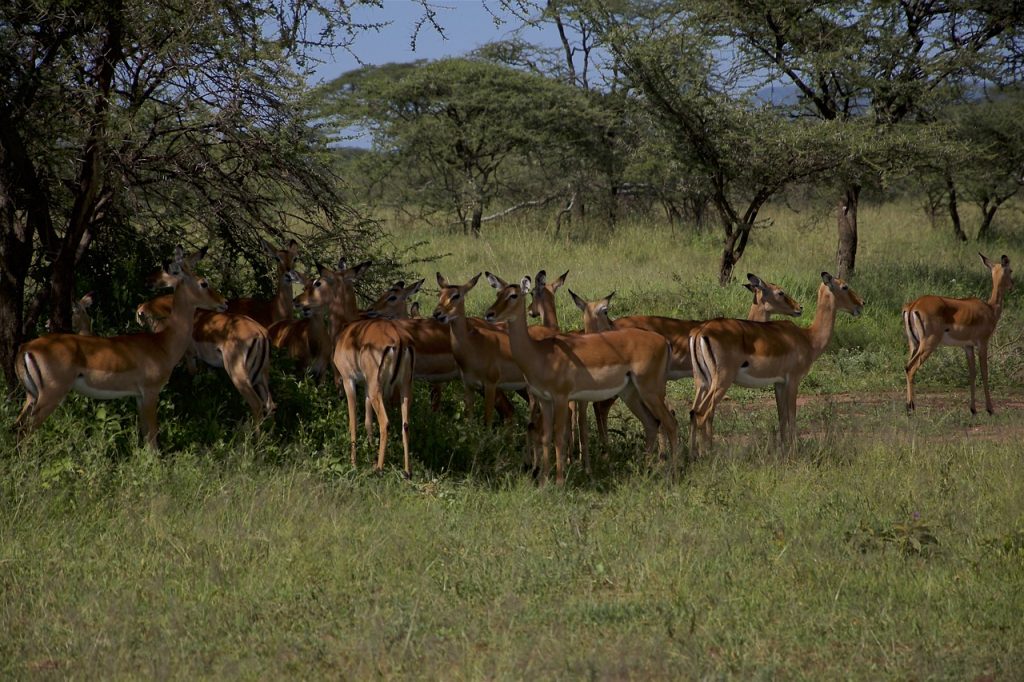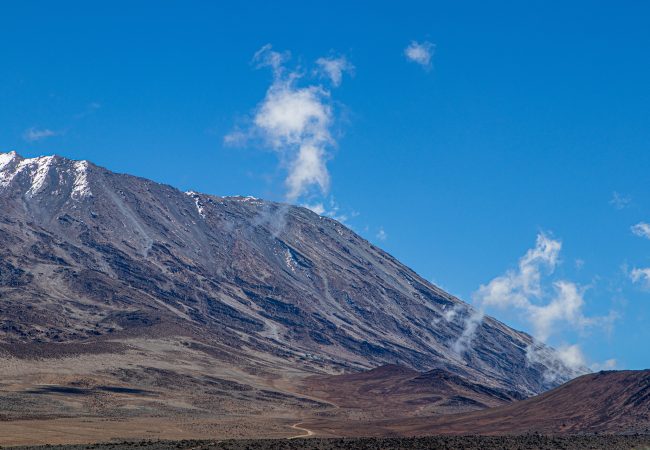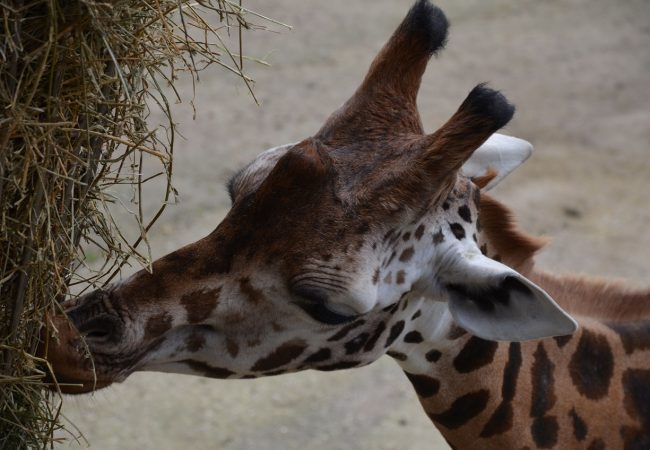Ngorongoro Crater
- Home
- Ngorongoro Crater
Welcome to Ngorongoro Crater
Introduction:
Ngorongoro Crater is one of Africa’s most iconic and breathtaking natural wonders. Often referred to as the “Eighth Wonder of the World,” this massive volcanic caldera is the world’s largest intact and unfilled crater. Formed millions of years ago by a colossal volcanic eruption, the crater now serves as a natural enclosure for a diverse array of wildlife, creating one of the most unique and concentrated ecosystems on Earth.






Wildlife:
The crater is home to an estimated 25,000 large animals, including the “Big Five” (lion, leopard, elephant, buffalo, and rhinoceros). The dense population of wildlife within such a confined area makes Ngorongoro one of the best places in Africa to see these majestic animals in their natural habitat. Highlights include:
Flamingos: The seasonal salt lake at the crater’s center, Lake Magadi, attracts flocks of pink flamingos, creating a picturesque scene against the backdrop of the crater walls.
Black Rhinoceros: Ngorongoro is one of the few places in Tanzania where you can spot the critically endangered black rhino.
Lions: The crater boasts one of the highest densities of lions in Africa, often seen lounging in the open plains or hunting prey.
Elephants: While elephants are not as numerous as in other parks, the ones found here are often older bulls with impressive tusks.


Scenic Beauty:
The Ngorongoro Crater is not only rich in wildlife but also in scenic beauty. The floor of the crater is a mix of grasslands, swamps, forests, and a lake, all encircled by towering walls that rise 600 meters above the crater floor. The views from the crater rim are simply stunning, offering panoramic vistas of the caldera and the diverse habitats below.
Cultural Significance:
The Ngorongoro Conservation Area is also home to the Maasai people, who live in harmony with the wildlife. Their traditional villages, or “bomas,” dot the landscape outside the crater, and visitors often have the opportunity to learn about their unique culture and way of life.
Conservation Efforts:
Ngorongoro is a protected area, and its status as a UNESCO World Heritage Site highlights its global importance. Conservation efforts focus on maintaining the delicate balance between the needs of the wildlife and the local Maasai communities, ensuring that this natural wonder remains unspoiled for future generations.
Visitor Experience:
A visit to Ngorongoro Crater is a once-in-a-lifetime experience. The descent into the crater itself is thrilling, and the chance to see such a wide variety of wildlife in a relatively small area is unparalleled. Whether you’re a seasoned safari-goer or a first-time visitor to Africa, Ngorongoro Crater offers an unforgettable adventure into the heart of one of the most remarkable places on Earth.
Ngorongoro Crater
Northern Tanzania
100 square miles
About 610 meters (2,000 feet)
UNESCO World Heritage Site
United State Dollar

10% Off
For Your First Book
Recommended Package
Starting From:
$2,100Per Person Sharing
Starting From:
$2,850Per Person Sharing
Starting From:
$2,100Per Person Sharing
Starting From:
$2,640Per Person Sharing
Starting From:
$2,400Per Person Sharing
Starting From:
$2,200Per Person Sharing
Starting From:
$1,900Per Person Sharing
Starting From:
$1,020Per Person Sharing
Starting From:
$2,650Per Person Sharing








